CollectionsQuick, hide the dodo - the suffragettes are coming
Museum archivist Laura Brown offers a peek behind-the-scenes at the Museum from 1912 to 1914, when suffragists were fighting for the vote.
Following a series of non-human casualties in a number of public institutions in London, measures were put in place to protect museum collections from becoming collateral damage in the struggle for the vote.
Bag checks were implemented, women were asked to surrender parcels, muffs and umbrellas at the door and lists of irreplaceable specimens were made to enable swift and surreptitious removal from display.
Police warnings to museums
On 3 March 1912, police issued a warning to national museums including the British Museum (Natural History), as the Natural History Museum was then known, that the risk of violent protest by suffragettes was so high that they should close to the public.
Suffragettes were a new wave of political activists who believed that direct action (sometimes involving violence and militancy) was required to create meaningful social change. By comparison, suffragists made a point of their peaceful campaigning.
The only visitors allowed in the Museum were students with admission tickets for a specific department.
A letter from Charles Fagan, Department of Zoology, to a colleague indicates the general level of anxiety around female visitors at the time:
'A Miss Winifred Baker has applied for admission to the Museum as a student. We have closed the Museum as a precaution against damage by suffragists. I hope that you can make yourself responsible that if Miss Baker is admitted she will not create a disturbance nor do damage to any of the specimens. […] Closing the museum has, I fear, caused a great deal of inconvenience to the public, but until this hysterical mania has passed away we have no option.'
Laura found this unusual letter in a volume of the Museum Secretary's outgoing letters and memoranda.
'Because they are internal memos, you get these nice flashes of emotion that wouldn't necessarily have been made public. It gives a view of behind the scenes at the Museum and clues about why certain decisions were made,' she says.
The Museum reopened some galleries on 11 March, but other parts were closed to the public for a total of 20 days.
A ban on parcels, muffs and umbrellas
The warning was sounded again in January 1913 after leading suffragette Annie Kenney made a widely reported speech inciting women to take action on public property:
'Women should never to go out without hammers. […] They must make people wonder what would happen at the British Museum and at the National Gallery.'
The Museum's new security measures, responding to the threat of muff-concealed hardware, didn't go down well with all visitors.
Bag checks tightened and an internal memo circulated about insufficient capacity in the cloak rooms to deposit all the bags, muffs and umbrellas.
Laura adds, 'There is a letter of complaint from the husband of a lady who wouldn't hand her muff in and felt she was unfairly denied entry to the museum. He goes into quite a lot of detail.'
'He was obviously upset for his wife and it is clear that he was on her side about it. You can just picture the conversations that might have been taking place in people's homes during this time.'
Quick, hide the dodo!
Responding to a series of damage done at other institutions, the Trustees of the Museum shortlisted specimens they considered most at risk to be removed from display.
Objects considered prime targets included a greak auk, dodo and solitaire (another extinct bird).
In response to the Trustees' initiative, the Keeper of Zoology wrote:
'It appears to me that unless explosives should be used, the large mammals are not likely to suffer very seriously; as damage […] would not in most cases go beyond the glass of the cases. The part of the Museum which seems to me most exposed to damage that could not be repaired is the Coral gallery. [… I] suggest to close the greater part of the coral gallery and to remove the great auk, dodo, solitaire and the whale gallery piece of amber which is stated on the label to be worth £20.'
Collection casualties
While nothing actually happened to any specimens in the Museum's collections, other institutions weren't so lucky.
In March 1913, burning rags were found in the toilets of the British Museum.
Two weeks later suffragette leader Emmeline Pankhurst was sentenced to three years for inciting violence. This led to a wave of similar acts perpetrated against public Museums and galleries.
The list of non-human casualties in the fight for the vote included windows at Manchester Art Gallery, a slashed Velazquez painting, a portrait of Thomas Carlyle at the National Portrait Gallery, a mummy and vase at the British Museum and a portrait of the then-reigning King George V at the Royal Scottish Academy.
The War and the vote (for some)
The outbreak of the First World War led to a suspension of militant suffragette activities. Women were welcomed back into museums with only a perfunctory handbag check.
In 1918 the vote was eventually awarded to married British women over the age of 30, who were a decade later given the same rights as men under the Representation of the People Act. This was one year after civil service rules had been changed, which allowed women to become full members of scientific staff at the Museum.
Historians debate whether suffragette tactics aided the cause by giving the issue a sense of urgency, or set them back by alienating law-abiding citizens.
While the struggle for salary parity and diversity in the scientific and the cultural sectors continues, campaigns for equality have not gone to such extreme lengths in the UK since - and the dodo remains safe behind glass.
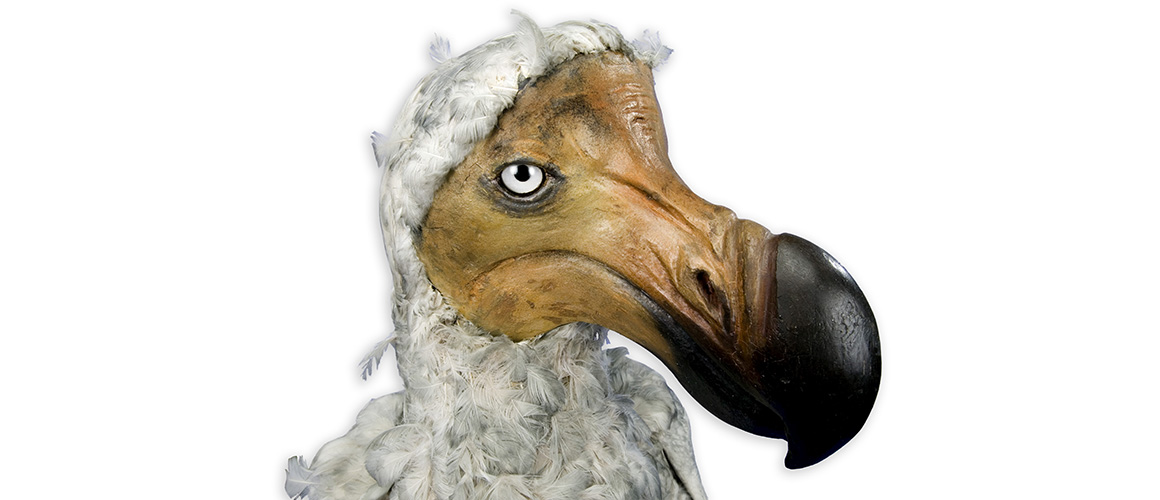
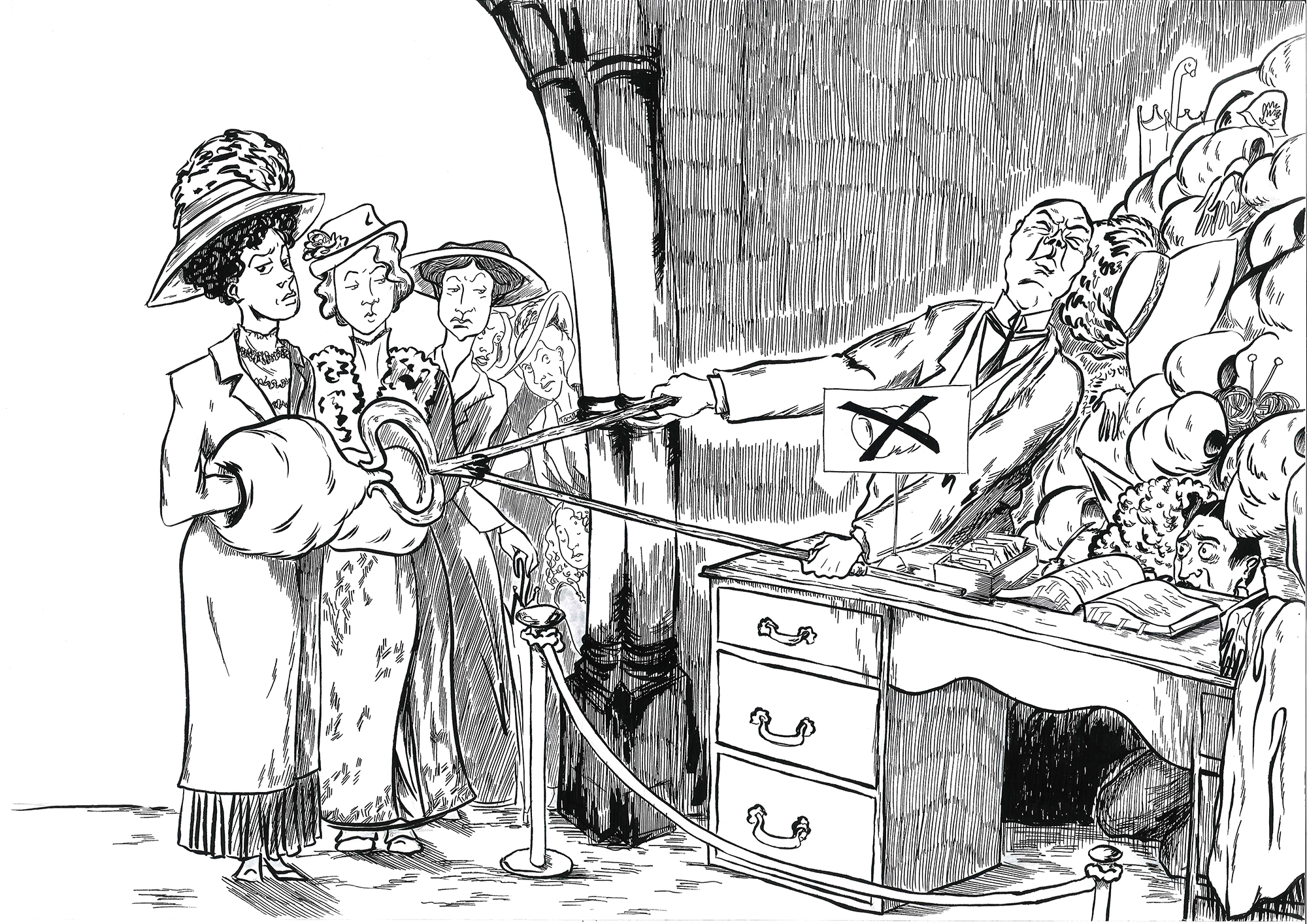
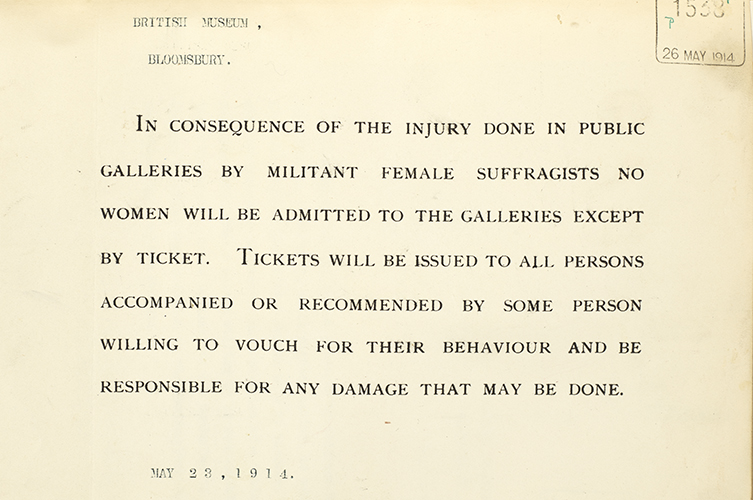
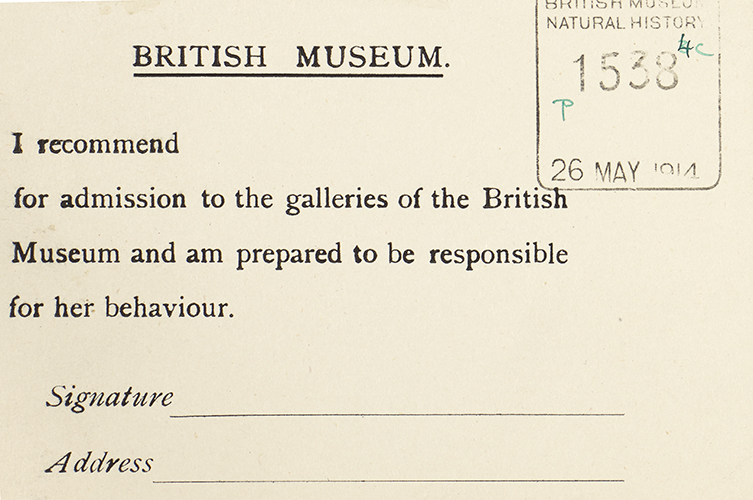

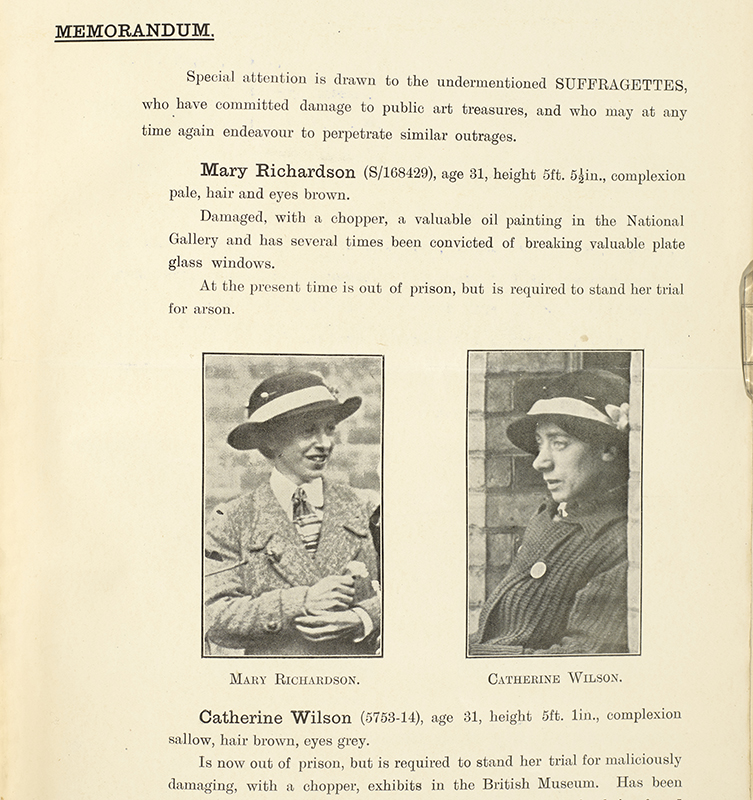
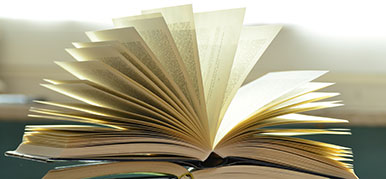
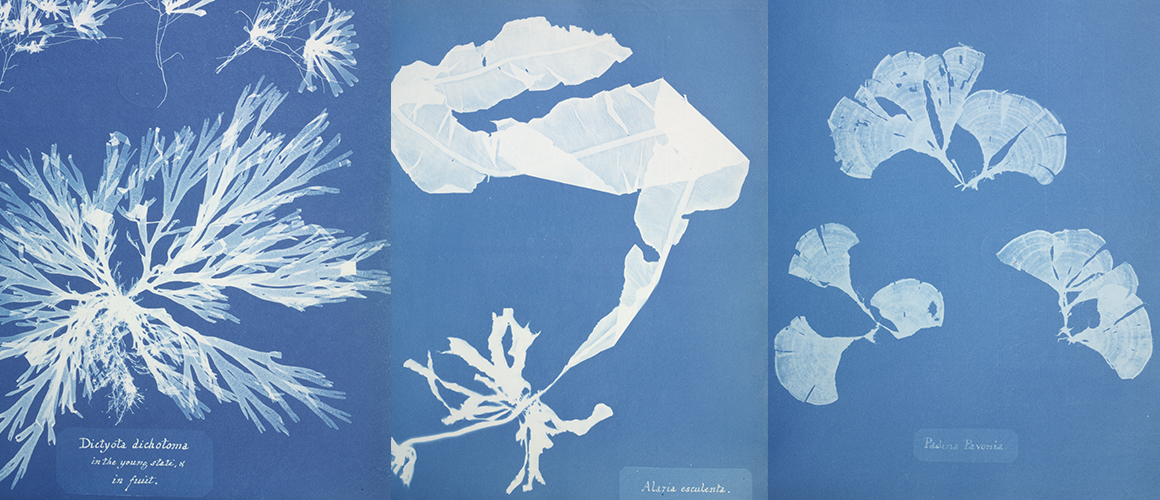
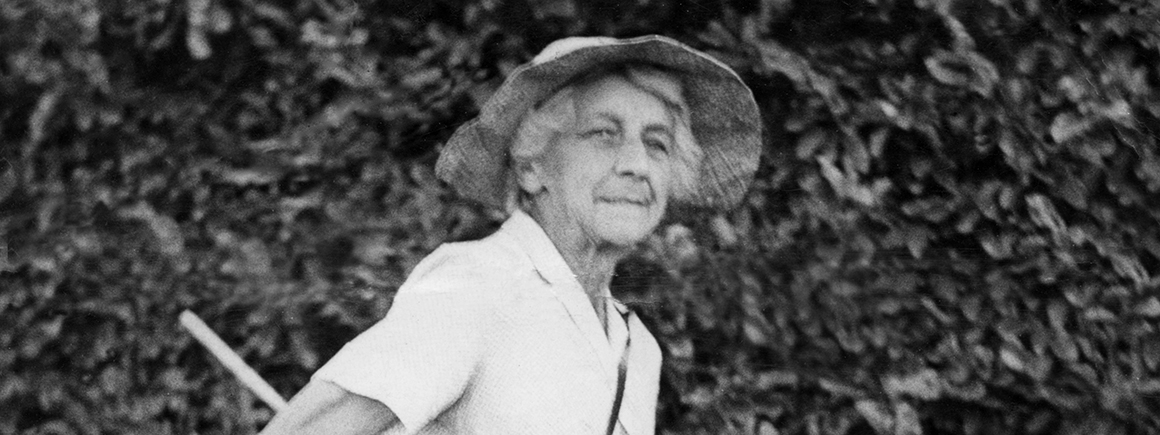
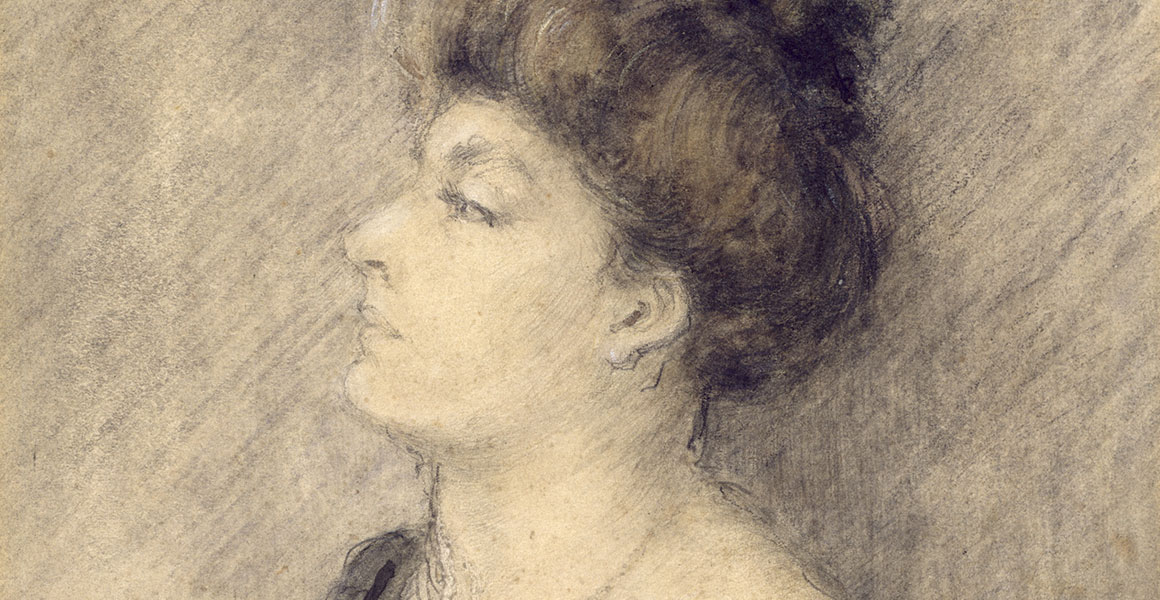
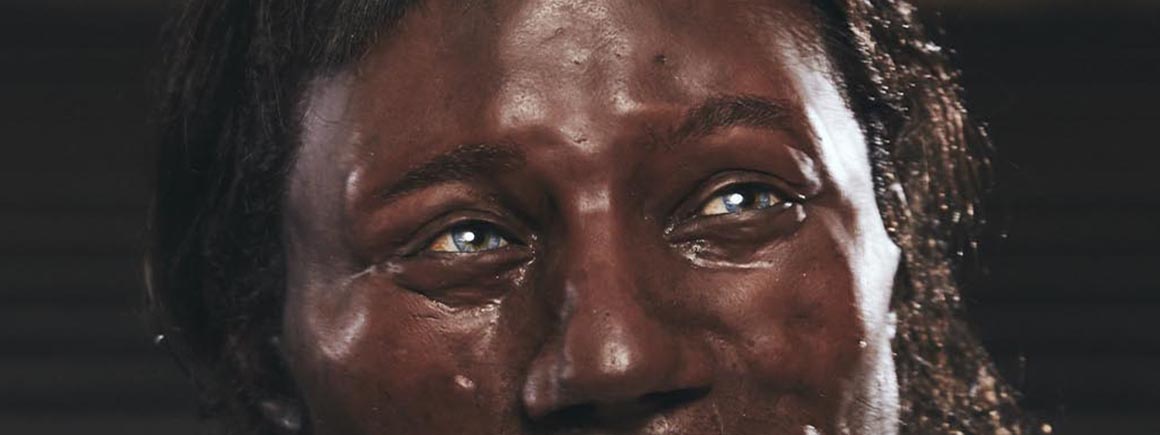
Don't miss a thing
Receive email updates about our news, science, exhibitions, events, products, services and fundraising activities. We may occasionally include third-party content from our corporate partners and other museums. We will not share your personal details with these third parties. You must be over the age of 13. Privacy notice.
Follow us on social media